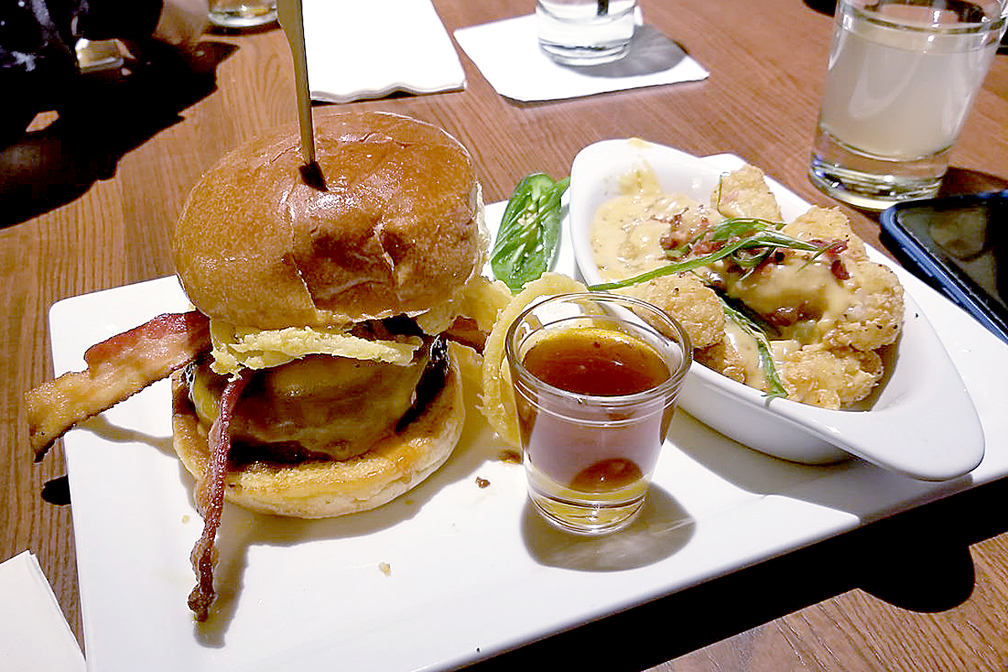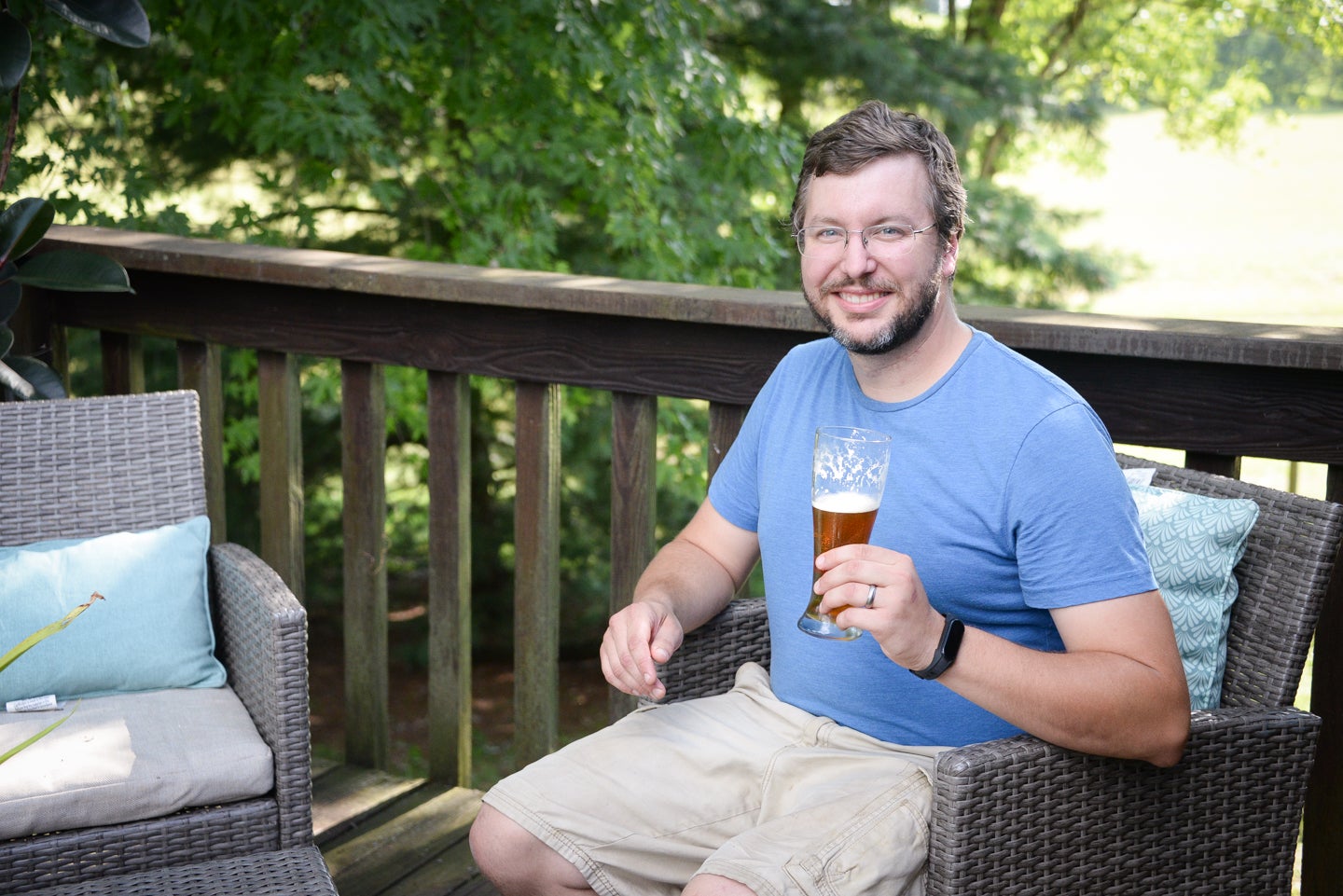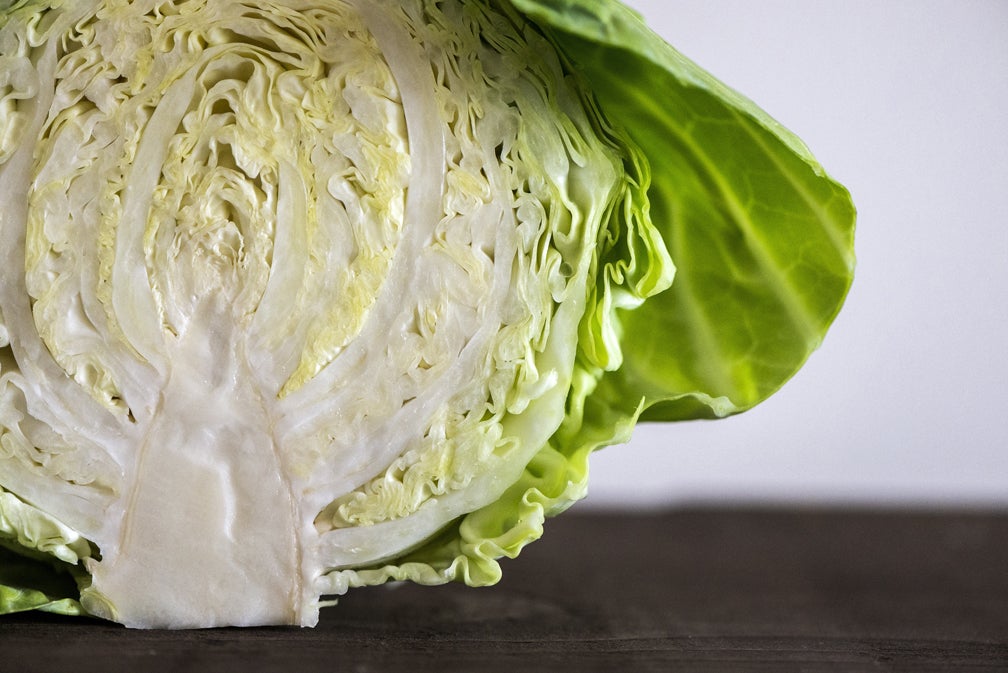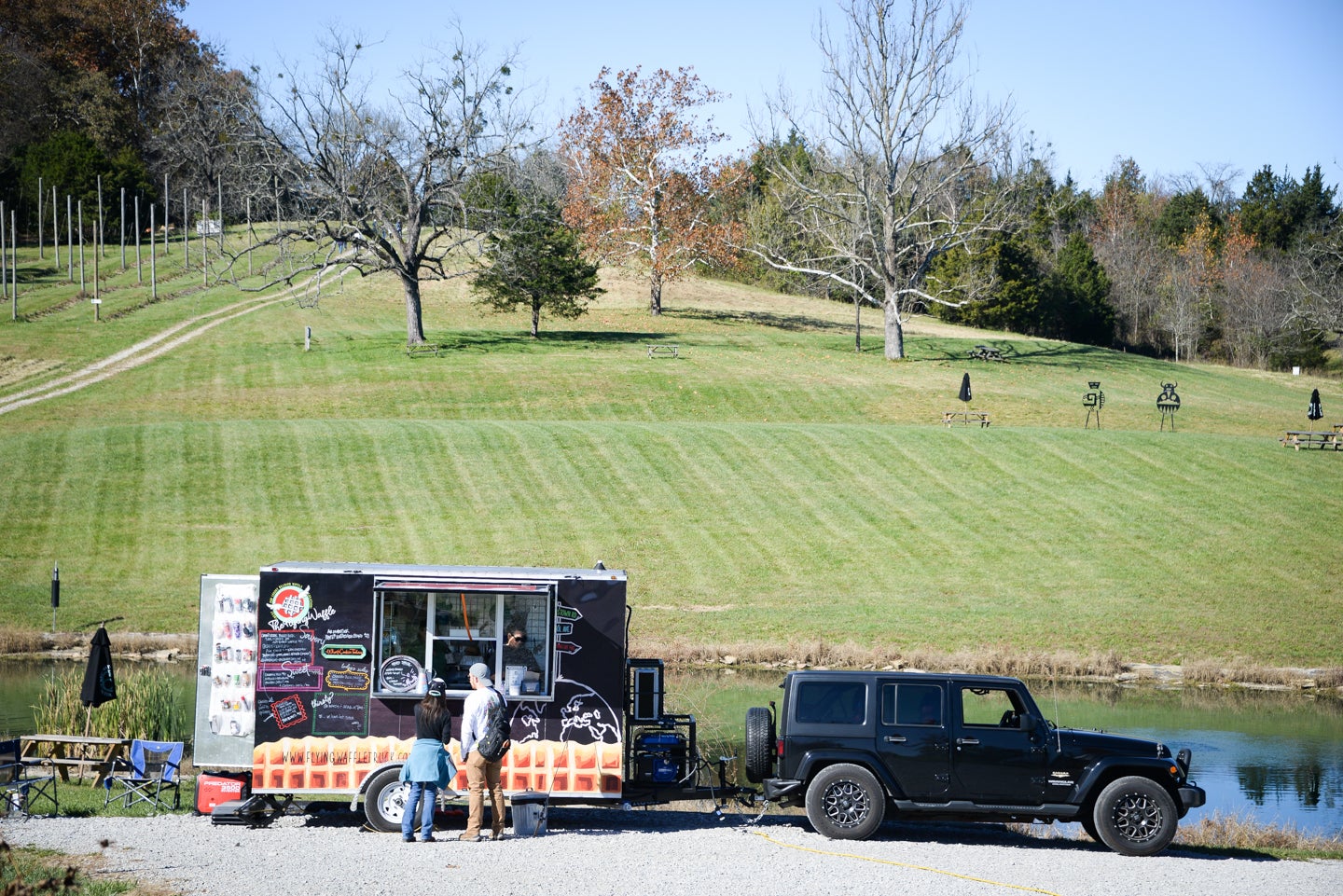By Tisa Conway-Cunningham
Sweet. Fruity. Spicy. To taste bourbon, first you must understand the complex layers of flavors you may encounter, where the flavors come from, and how said flavors pair alongside their culinary counterparts.
A plethora of factors go into giving bourbon its distinct taste. Water, grain, fermentation, distillation and maturation play key roles in the bourbon distillation process. If you ask any Kentuckian, we will tell you it is our limestone filtered water that gives bourbon its magic, and while limestone is found in many other places, we like to think ours adds a special touch to our signature spirit.
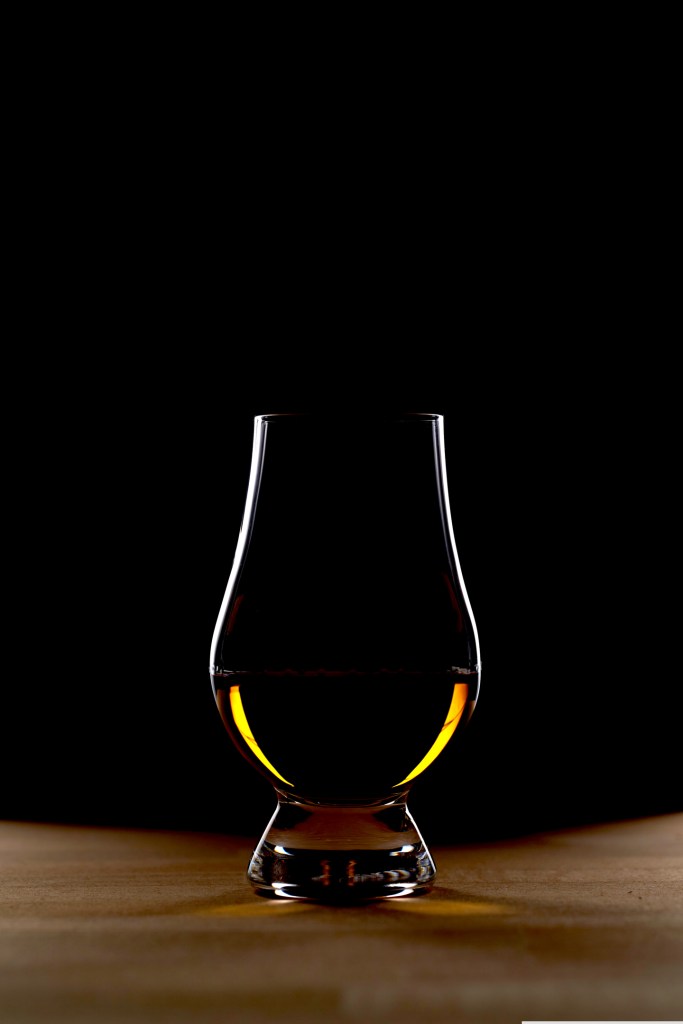
It is written in stone. In federal law. Fifty-one percent corn must be used to make bourbon, yet most, include 70% to 80%. Secondary grains like rye, barley and wheat make up the other 20% to 30%. Corn gives bourbon whiskey a sweeter finish than other whiskeys. Rye and wheat are common complementors, with the addition of rye adding a spicy finish.
To start, limestone water and milled grains are cooked together, creating a mash that is transferred to fermenters beginning the process. Next, the mash is cooled and yeast is added. The fermentation process happens when the yeast feeds on the sugars in the mash, releasing carbon dioxide. It sits, bubbles and converts the sugar into alcohol. The type of yeast is distinct for each distiller, which adds individual nuances to each individual bourbon adding to each bourbon’s unique flavor profile. Flavors like fruity under tones and floral notes are further pronounced during this process.
At every step in the bourbon-making process, layers of flavor are being developed. The flavor is calculated. In the cooking process, the temperature at which the mash is cooked adds a layer of flavor. The type of yeast used adds a layer, while the time spent fermenting adds another layer in taste development.
From here, the fermented mash-alcohol solution is pumped into large stills. It is heated up. Alcohol vapors ascend the still. The vapors are captured, cooled and condensed coming off the still no more than 160 proof. The finished product is transferred into barrels.
Time. Temperature. Storage location. Barrel. During the maturation process, flavors are developed and become more profound. An important contribution to bourbon’s most distinct flavors is the barrels they are stored and aged in. All bourbon must be stored in charred new oak containers. This contributes to bourbon’s caramel, smoky, vanilla, toasted undertones.
Inside the barrel’s flavors like coffee, mocha and coconut, develop as the alcohol reacts to the oak charred barrels it is aged in. Two years later, the result is straight bourbon. Time adds layer upon layer of flavor. The change in temperature from the first floor of a warehouse from storage on the fifth floor of a storage warehouse adds to each barrel’s unique and defining taste. Equally, storage in warehouse one relative to storage in warehouses two, three and so on, will yield equally and profound differences in each bourbon barrel’s flavor development.
No two barrels will yield the exact same result, so know that each time a barrel is being corked, the experience while similar because of mash bill (recipe), each time you take a taste of bourbon, it is taking you on a journey unlike any other. Each distiller, the different types, brands and bottles are all different and unique. That is why Uncle Nearest, Bulleit, Jim Beam, Woodford Reserve, Buffalo Trace, Whiskey Thief, Four Roses, Elijah Craig, Brough Brothers, Ancient Age, Heaven Hill, Wild Turkey, Maker’s Mark and each bourbon are to be enjoyed separately.
While my taste buds currently prefer Woodford Reserve, I have a love and respect for all bourbons. It is my drink of choice, and like many, my preference can change depending on the day of week, my mood, the event or even just how I feel in that moment.
What is clear though, is my love for bourbon developed over time. It is not for the faint of heart and can come off aggressively depending on your first tasting experience and choice of bourbon. There are bourbons that can be smooth, sweet and buttery and others that will bite back with a kick of spice and clear your sinuses out. The key to elevating your bourbon experience is to learn from the experts.
Some ways I developed my bourbon palate, was through sample tastings, dinners and special curated events. I have learned so much about the bourbon-making process, the distinct differences between brands, and even how to drink bourbon by touring distilleries along the Kentucky Bourbon Trail®. Guided tours of the different facilities offers participants a unique opportunity to go behind the scenes and see bourbon’s story from an insider perspective.
To know the story, the progression and role that bourbon played through significant historical prospectives, lends itself to really getting to know more about the great state of Kentucky.
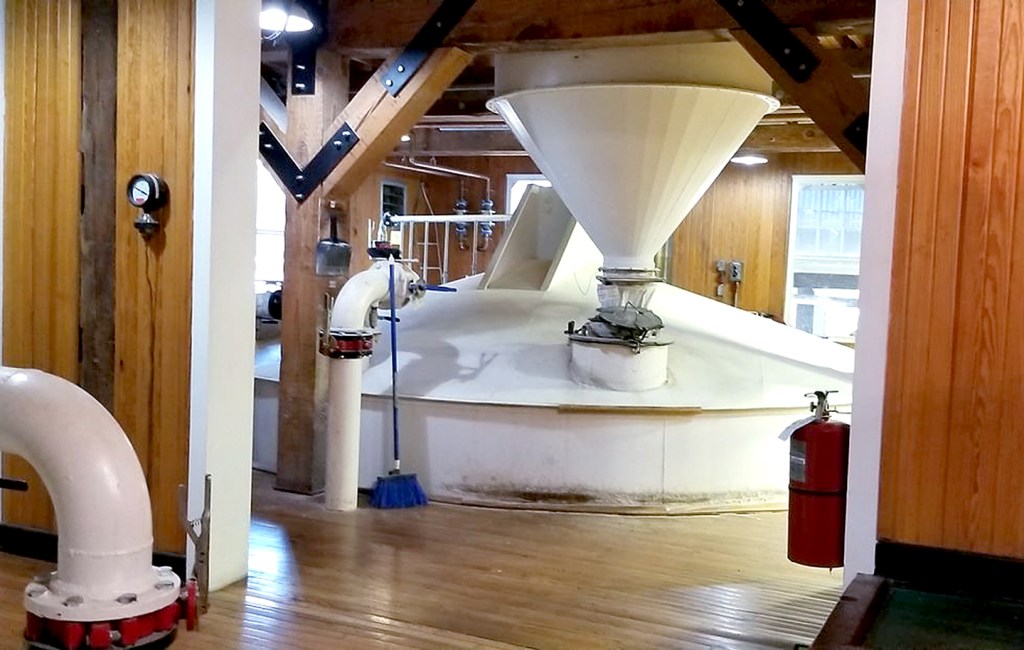
Special curated events, like bourbon dinners, local bourbon events, and bourbon celebrations also add an elevated bourbon experience. By participating in local events like Bourbon & Browns, Bourbon on the Banks, The Kentucky Bourbon Festival and Bourbon and Beyond, participants can partake in immersive experiences that include sample tastings, food pairing, mixology and educational experiences from professionals like master distillers and bourbon aficionados.
Bourbon dinners offer a relaxed setting for enthusiasts to pair bourbon with raw ingredients like chocolate, dried fruit, nuts, cheese and orange slices, which help to accentuate defining flavors in different bourbons. It can help participants to understand why some bourbons should be enjoyed straight up, with an ice cube or a little water. By participating in a space dedicated to this Kentucky spirit, patrons can really learn how to appreciate and respect a good bourbon whiskey.
Bourbon. A spirit. A whiskey originating and distilled mostly in Kentucky. Its brown color and distinct flavors tell the story of the mighty oak, exclusively selected, charred and made into barrels used to age alcohol distilled from limestone filtered water and a mash made with 51% corn and other secondary grains.
It tells a story that developed along the Kentucky River, from the bluegrass soil and beyond our state borders. It is Frankfort, the state capital; it is the largest horse race in the world, The Kentucky Derby; it is Kentucky State University, the first historically Black college and university (Frankfort’s University); it is you, it is me, it is the story of our history.
Buffalo float
Ingredients:
2 ounces Buffalo Trace Bourbon Cream Liqueur
4 ounces Root Beer
1 -2 scoops of vanilla ice cream (optional)
Directions:
Put a few ice cubes in the bottom of the glass. Add bourbon cream liqueur. Top with root beer.
For a creamier treat, try substituting the ice cubes for vanilla ice cream. Serve in a short tumbler glass (or a tall one if you need a double!)
